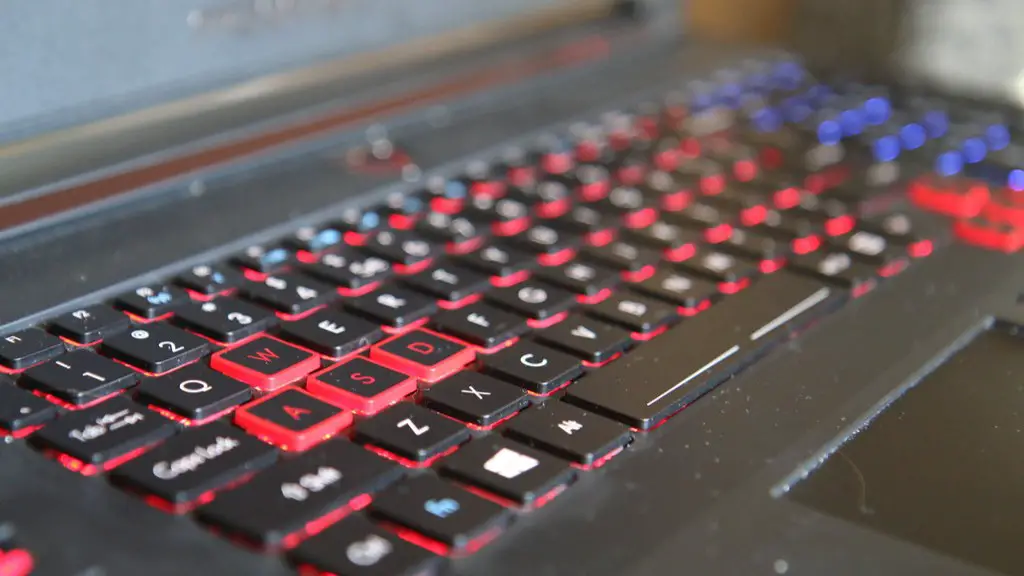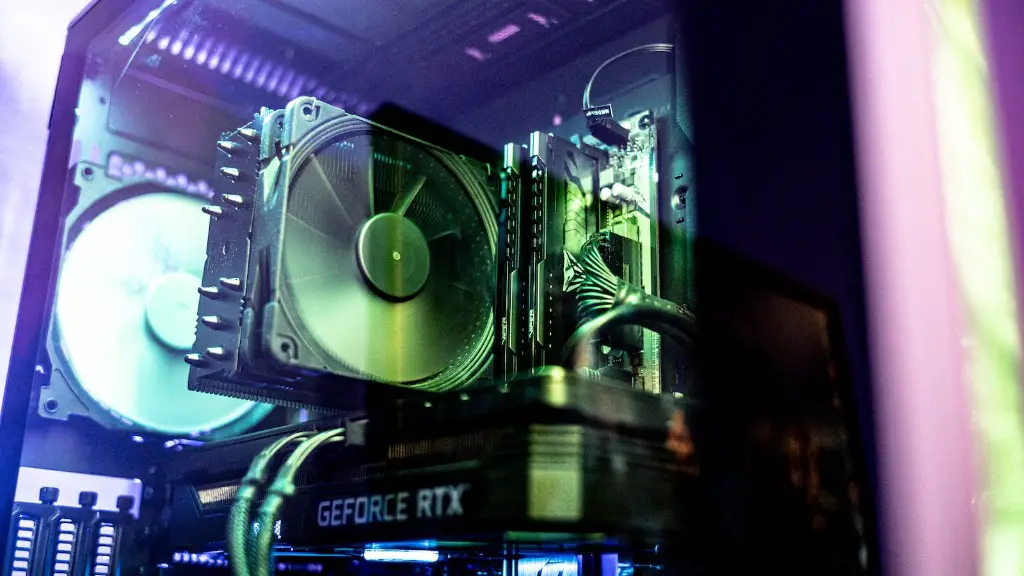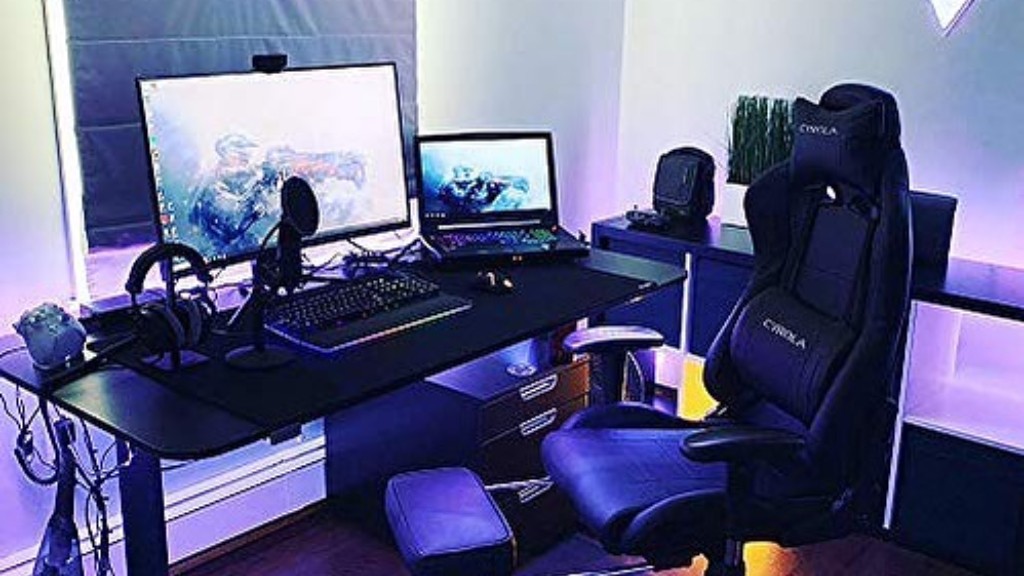What is a Gaming Laptop Graphics Card?
A gaming laptop graphics card is a component that processes graphical data for display on a laptop’s monitor. It is often referred to as a GPU (graphics processing unit) and is responsible for transforming data from the Central Processing Unit (CPU) into the visual elements of video games or other applications that require graphical processing. It is also responsible for applying special effects such as motion blur or anti-aliasing. Gaming laptop graphics cards are designed to handle high loads, produce smooth images and offer better performance than standard laptop GPUs.
What Affects the Performance of a Gaming Laptop Graphics Card?
Many factors affect the performance of a gaming laptop graphics card, such as the number of cores, the amount of on-board memory and the type of graphics processor. The number of cores determines how many calculations the graphics card can perform at a time, while the amount of on-board memory determines how much video data the card can store. The type of graphics processor determines how quickly the card can render and manipulate 3D objects.
Can You Change a Gaming Laptop Graphics Card?
It is possible to upgrade a gaming laptop graphics card, although it may require some technical know-how. Some gaming laptops allow users to remove the GPU module and replace it with a newer and more powerful model. However, many modern laptops are soldering and soldering the GPU directly onto the motherboard of the laptop, making it impossible to upgrade or replace.
What Are the Benefits of Upgrading Gaming Laptop Graphics Cards?
Upgrading a gaming laptop graphics card can significantly improve performance, especially for demanding applications like video editing, 3D gaming and virtual reality. Higher-end GPUs can often provide a noticeable improvement in frame-rate and resolution, as well as better anti-aliasing, motion blur, and HDR lighting. Upgrading a GPU can also provide a significant reduction in load times.
Tips for Upgrading Gaming Laptop Graphics Cards
Before replacing any gaming laptop graphics card, it is important to ensure that the new card is compatible with the laptop and its components. Additionally, users should ensure that sufficient space is available inside the laptop’s chassis. Installing a GPU that is too large may block other components, such as the cooling system. Finally, it is important to make sure that the laptop’s power supply is capable of supporting the new card, as many GPUs require a significantly higher wattage than their predecessors.
How Much Does a Gaming Laptop Graphics Card Cost?
The cost of a gaming laptop graphics card can vary depending on the make and model, but mid-range cards typically cost between $300 and $500. High-end cards can cost significantly more, with some models priced at over $1,000. For comparison, desktop graphics cards typically cost less than laptop GPUs due to the difference in technology and form factor.
What Are the Alternatives to Upgrading a Gaming Laptop Graphics Card?
The most obvious alternative to upgrading a gaming laptop graphics card is buying a new laptop with a more powerful GPU. While this is an expensive solution, it may be the only option for users who have laptops with soldered GPUs. Additionally, some users may opt to buy external GPUs, which allow users to connect an external GPU to their laptop via a Thunderbolt 3 port. This is often the most cost-effective solution for gamers who want to upgrade their laptop’s GPU.
How to Improve Performance Without Upgrading A Gaming Laptop Graphics Card?
Modern GPUs are quite powerful, but they are often limited by the thermal design of the laptop chassis. To improve performance without replacing the GPU, users should ensure that the laptop is free of dust and debris, as well as ensure that the laptop fans are working properly. Additionally, users can try overclocking the GPU to get more out of the existing hardware.
How to Monitor the Performance of a Gaming Laptop Graphics Card?
Users should use benchmarking tools to monitor the performance of their laptop’s GPU. Most laptops come equipped with utilities like Nvidia’s GeForce Experience that can be used to benchmark the performance and compare it to other GPUs in the same class. This can provide a good indication of the laptop’s performance and allow users to identify any potential bottlenecks or hardware issues.
What Are the Best Practices for Gaming Laptop Graphics Cards?
As with any laptop, it is important to keep the laptop clean and free of dust and dirt. Additionally, users should ensure that the GPU is running at its optimal temperature, as overheating can cause the laptop to run sluggish or even shut down unexpectedly. Lastly, users should only install drivers and software from trusted sources and should ensure that their system is free of malware.


